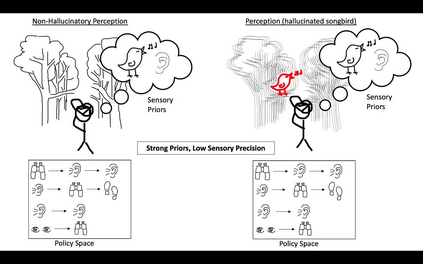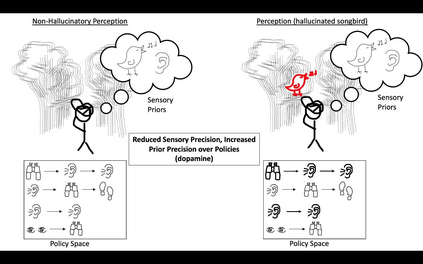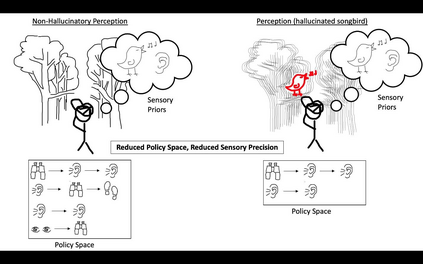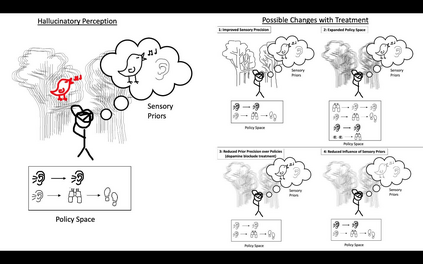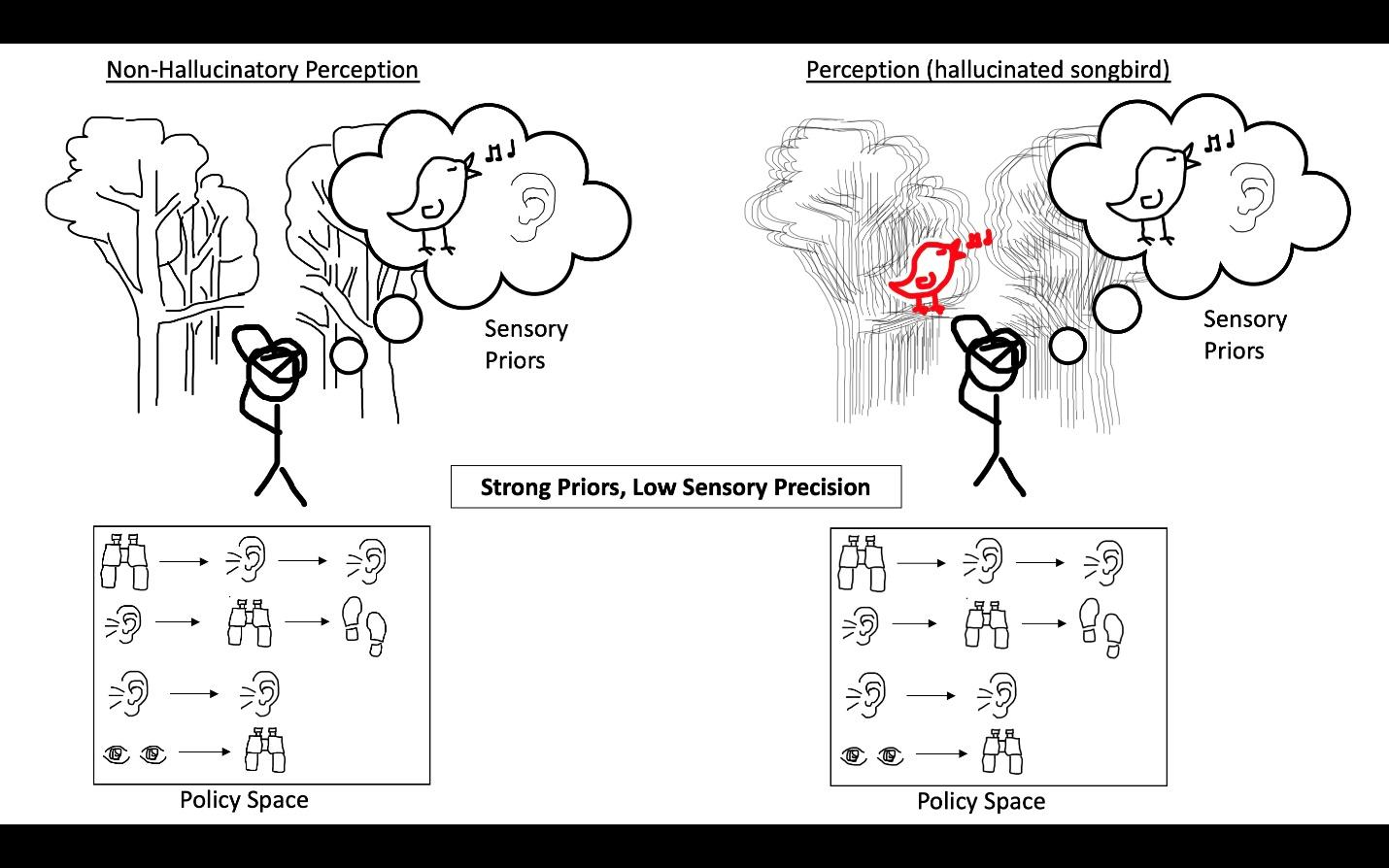The computational underpinnings of positive psychotic symptoms have recently received significant attention. Candidate mechanisms include some combination of maladaptive priors and reduced updating of these priors during perception. A potential benefit of models with such mechanisms is their ability to link multiple levels of explanation. This is key to improving how we understand the experience of psychosis. Moreover, it points us towards more comprehensive avenues for therapeutic research by providing a putative mechanism that could allow for the generation of new treatments from first principles. In order to demonstrate this, our conceptual paper will discuss the application of the insights from previous computational models to an important and complex set of evidence-based clinical interventions with strong social elements, such as coordinated specialty care clinics in early psychosis and assertive community treatment. These interventions may include but also go beyond psychopharmacology, providing, we argue, structure and predictability for patients experiencing psychosis. We develop the argument that this structure and predictability directly counteract the relatively low precision afforded to sensory information in psychosis, while also providing the patient more access to external cognitive resources in the form of providers and the structure of the programs themselves. We discuss how computational models explain the resulting reduction in symptoms, as well as the predictions these models make about potential responses of patients to modifications or to different variations of these interventions. We also link, via the framework of computational models, the experiences of patients and response to interventions to putative neurobiology.
翻译:最近,积极的精神病症状的计算基础受到极大关注。候选机制包括将一些不良的前科结合,并减少这些前科在认知期间的更新。这些模型的潜在好处是能够将多种层次的解释联系起来。这是改进我们如何理解精神错乱经历的关键。此外,它指出,我们通过提供一种假设机制,为治疗研究找到更全面的途径,从而能够从最初的原则中产生新的治疗方法。为了证明这一点,我们的概念文件将讨论将以往的计算模型的见解运用于一套重要而复杂的、具有强大社会要素的循证临床干预措施,例如早期心理治疗和坚定的社区治疗方面的协调专科护理诊所。这些干预措施可能包括但不限于精神药理学,为患有精神错乱症的病人提供、我们辩论、结构和可预测性。我们的论点是,这种结构和可预测性直接抵消了心理错乱的感信息相对较低的精确度。同时,我们还将为病人提供更多的外部认知资源,以提供者的形式和方案本身的结构。我们讨论如何通过这些模式来计算导致的神经错觉反应的减少,这些模式和对病人的变变变的模型,以及这些变变的模型作为不同的计算框架。

